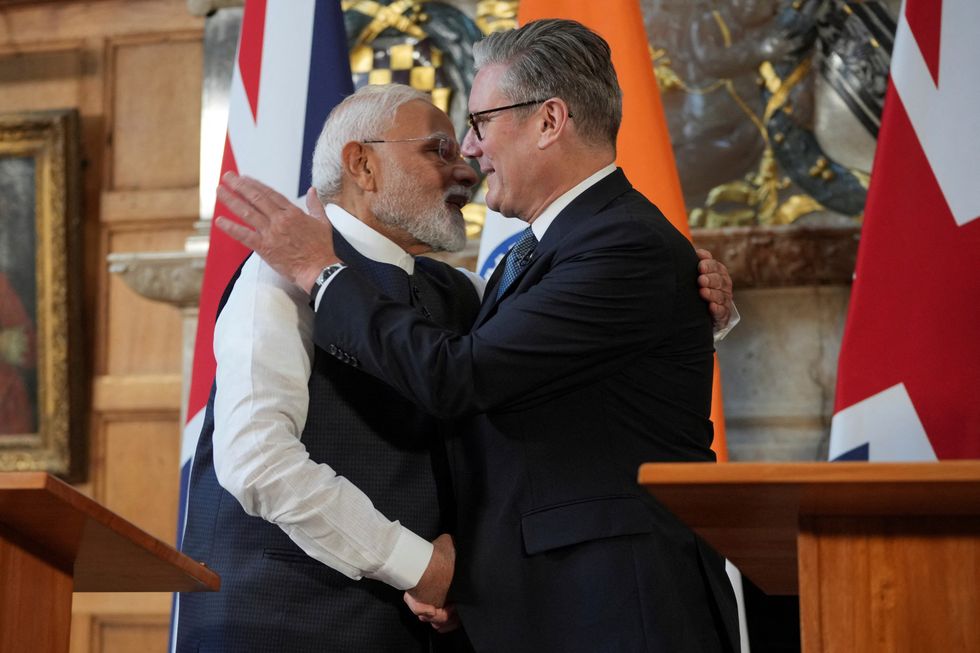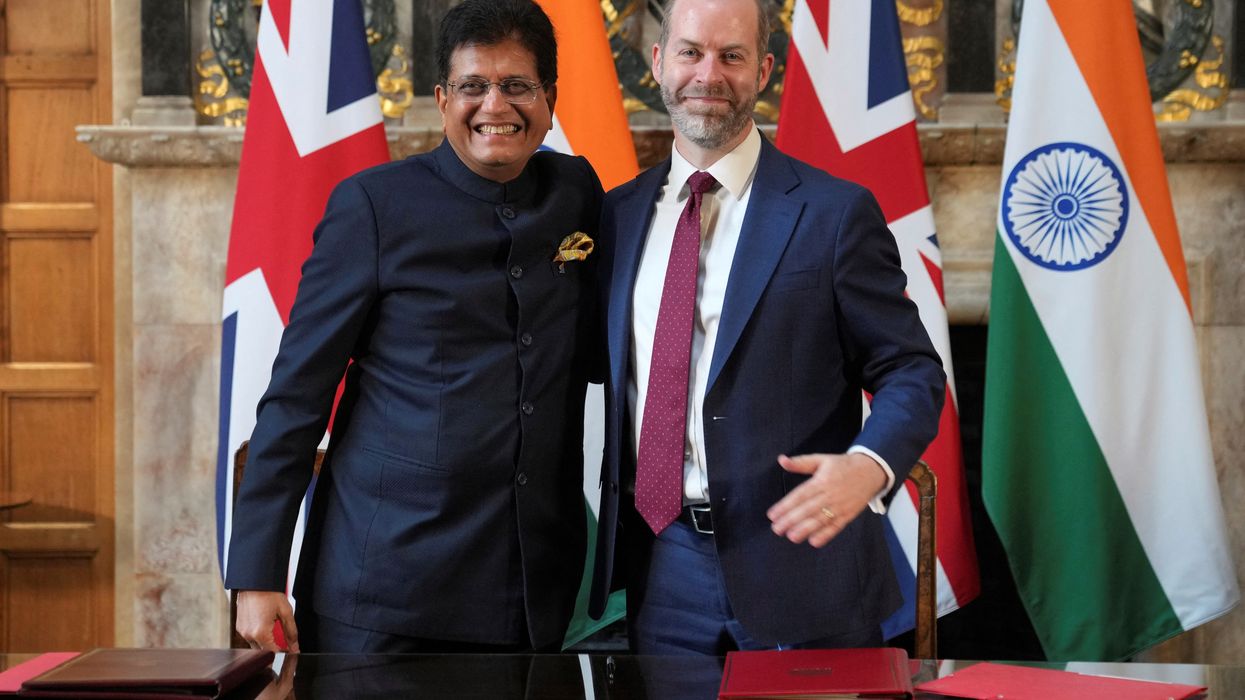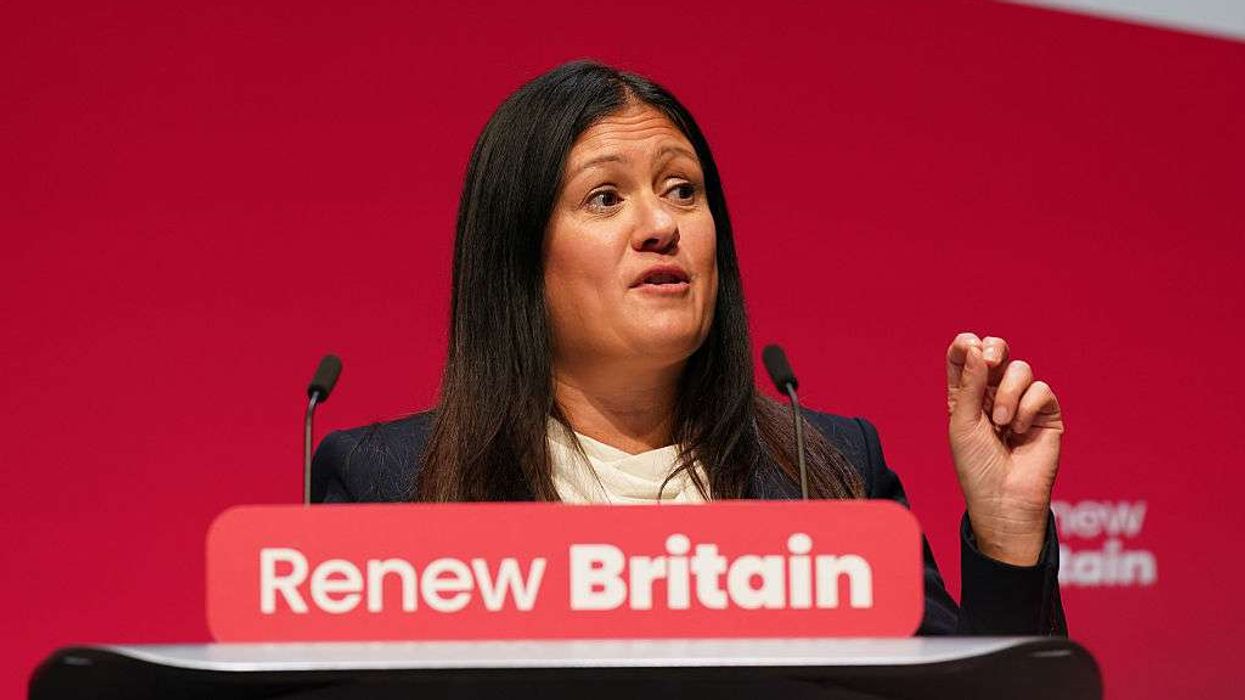Key Highlights
- Most products between India and the UK will now move duty-free, making them cheaper and more competitive.
- Sensitive Indian sectors like dairy products, apples, oats, and edible oils are excluded to protect local farmers.
- The pact is seen as the biggest of its kind since Brexit and a model for future UK trade deals
What Does the Agreement Do?
Eliminates tariffs (import taxes) on about 99 per cent of goods traded between India and the UK – This means most products can now move between the two countries without extra costs
Covers nearly all sectors: agriculture, textiles, engineering, electronics, pharmaceuticals, chemicals, plastics, gems & jewellery, and more
The deal is expected to almost double two-way trade to about £96 billion by 2030
- YouTube www.youtube.com
Agriculture
Over 95 per cent of Indian agricultural and processed food products (like fruits, vegetables, cereals, spices, ready-to-eat foods) will enter the UK with zero duty.
Duty-free access is set to boost Indian agricultural exports by more than 20 per cent over three years, moving closer to India’s £80bn agri-export target for 2030.
New market access for non-traditional crops like jackfruit, millets, and organic herbs.
No tariff cuts for sensitive items like dairy, apples, oats, and edible oils – these remain protected for Indian farmers.
Special focus on Indian states with major exports: Maharashtra (grapes, onions), Gujarat (groundnut, cotton), Punjab and Haryana (basmati rice), Kerala (spices).
Services and skilled professionals
Easier mobility for Indian professionals in sectors like IT, architecture, engineering, yoga, music, and cuisine
Indian professionals on short-term contracts will no longer pay social security in the UK.
Innovation and digital trade

First-ever innovation chapter: Joint work on new technologies, digital trade, streamlined processes, and mutual recognition of standards will help businesses adapt quickly.
Economic Impact
Expected to add over £20bn per year in increased trade for both sides
Both countries hope to create thousands of new jobs
UK secures £6bn in new investments linked to this agreement
Marine Products
UK tariffs eliminated on Indian seafood, such as shrimp, tuna, and fishmeal. This is significant as these tariffs previously ranged from 4.2 per cent to 8.5 per cent
It will help fisherfolk in states like Kerala, Tamil Nadu, Andhra Pradesh, and Odisha earn more through better price realisation.
India currently supplies only about two per cent of UK’s £4.3bn marine import market – the deal opens big room for growth.
Plantation products
Duty-free access for tea, coffee, and spices (e.g. instant coffee) means Indian products can compete better with European exporters such as Germany and Spain.
Boost to value-added exports, like Indian instant coffee.
Textiles and clothing
All 1,143 product categories in this sector now have zero tariffs in the UK
India loses past disadvantages to Bangladesh and Pakistan, who already enjoyed duty-free access.
Sectors set for highest growth: ready-made garments, home textiles, carpets, handicrafts.
India aims to increase its UK market share by at least five per cent within two years.
Engineering and manufacturing
Zero-duty access for a wide range of engineering goods, auto parts, industrial equipment, and construction machinery.
UK is already India’s 6th largest engineering export market.
Tariffs reduced from up to 18 per cent to zero.
Indian exports of engineering goods to UK could nearly double to over £6bn by 2030.
Electronics and IT
Zero-duty for Indian electronic products, such as smartphones and optical fibre cables.
Stronger opportunities for Indian software and IT-enabled services firms, with forecasted 15-20 per cent annual growth from current £25.6bn exports.
Pharmaceuticals and medical devices
UK market, valued at nearly £24bn, opens up with removal of tariffs on Indian generic medicines and medical devices (e.g. surgical instruments, diagnostics)
Increases affordability and competitiveness for Indian exporters.
Chemicals and plastics
India expects a 30-40 per cent boost in chemical exports to UK with removal of tariffs (previously up to eight per cent).
In plastics, duty-free access covers products like films, pipes, packaging, and kitchenware.
Gems, jewellery and leather
Tariffs on leather goods and footwear drop from 16 per cent to zero – good news for MSMEs in Indian hubs such as Agra, Kanpur, and Chennai.
Gems and jewellery exports projected to double in next two to three years
Sports goods, toys, and processed foods also benefit from tariff elimination.
(Agencies)






 Manavatty was selected for SNP's traditional fundraising auctionJohn Xavier
Manavatty was selected for SNP's traditional fundraising auctionJohn Xavier  Manavatty 71 is the flagship a tribute to traditionJohn Xavier
Manavatty 71 is the flagship a tribute to traditionJohn Xavier 





